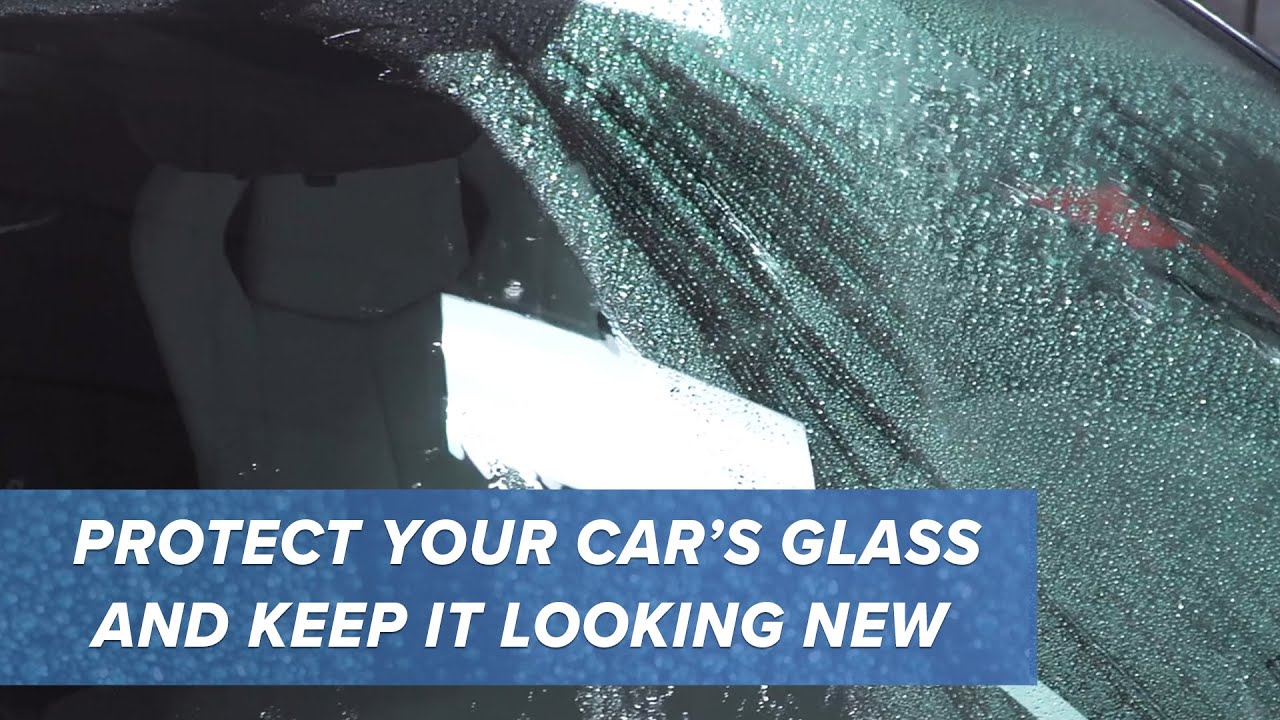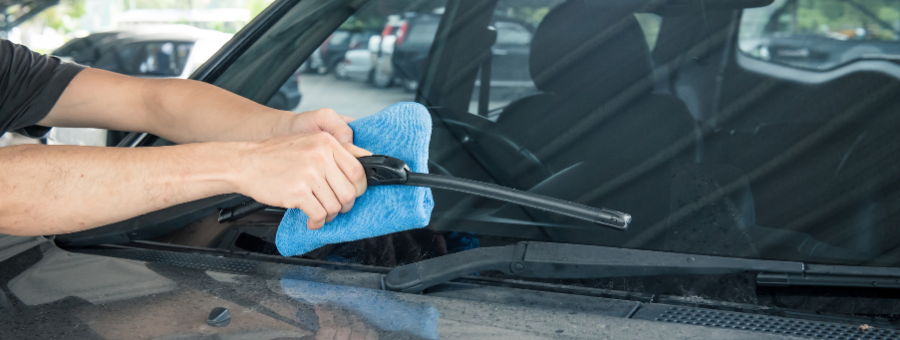Auto glass protection tips for extreme climates: A Complete Guide
Auto glass protection is essential, especially in extreme climates where harsh weather conditions can wreak havoc on your vehicle. In this comprehensive guide, we will explore the importance of protecting your auto glass, the different types of protection available, maintenance tips to keep your glass in top condition, and DIY methods to ensure longevity.
Let’s dive in and learn how to safeguard your auto glass effectively.
Importance of Auto Glass Protection

Protecting auto glass in extreme climates is crucial to ensure the safety, longevity, and overall performance of your vehicle. Without proper protection, auto glass can be prone to damage, leading to safety hazards and costly repairs.
Common Issues Faced Without Proper Protection
- Cracking and chipping: Extreme temperatures can cause the glass to expand and contract, leading to cracks and chips.
- Visibility issues: Damaged glass can impair visibility, increasing the risk of accidents.
- Water leakage: Cracks in the glass can allow water to seep into the vehicle, causing interior damage.
Impact of Extreme Weather on Auto Glass Longevity
Extreme weather conditions such as intense heat or cold can weaken the glass, making it more susceptible to damage. Over time, exposure to extreme climates can significantly reduce the lifespan of auto glass, leading to the need for frequent replacements.
Types of Auto Glass Protection
When it comes to protecting auto glass in extreme climates, there are several types of protection available. Each type offers different benefits and levels of effectiveness based on the specific climate conditions. It is essential to understand the options to choose the best protection for your vehicle.
Tinted Film
Tinted film is a popular choice for auto glass protection as it helps reduce glare, heat, and UV rays. In extreme climates with high temperatures and intense sunlight, tinted film can significantly improve comfort inside the vehicle and protect the glass from damage caused by the sun’s rays.
Ceramic Coating
Ceramic coating is another option for auto glass protection, providing a layer of protection against environmental elements, including extreme temperatures, dust, and debris. It can help repel water, making it easier to clean the glass and maintain visibility in harsh weather conditions.
Windshield Covers
Windshield covers are practical for extreme climates where snow, ice, or debris can accumulate on the glass. These covers provide a physical barrier to protect the windshield from damage and prevent the need for scraping or cleaning in challenging weather situations.
Regular Maintenance and Cleaning
In addition to specialized protection products, regular maintenance and cleaning are essential for preserving auto glass in extreme climates. Keeping the glass clean and free of debris can prevent scratches and damage, ensuring optimal visibility and safety on the road.It is recommended to combine different types of auto glass protection based on the specific climate conditions and the level of exposure your vehicle experiences.
By selecting the right combination of protection methods, you can prolong the life of your auto glass and maintain clear visibility in extreme climates.
Maintenance Tips for Auto Glass
Regular maintenance is crucial for keeping auto glass in top condition. By following a few simple tips, you can ensure the longevity and durability of your vehicle’s glass, especially in extreme climates. Proper maintenance not only enhances visibility but also prevents costly repairs or replacements down the line.
Cleaning Auto Glass Properly
- Use a microfiber cloth and a glass cleaner specifically formulated for auto glass to avoid streaking or residue.
- Avoid using ammonia-based cleaners, as they can damage tinted windows or cause discoloration.
- Regularly clean both the inside and outside of the glass to remove dirt, grime, and contaminants that can impair visibility.
Identifying and Repairing Minor Damages Early
- Inspect your auto glass regularly for any signs of chips, cracks, or pits that can compromise its integrity.
- Address minor damages promptly by using a DIY repair kit or seeking professional assistance to prevent them from spreading.
- Small chips or cracks can quickly escalate into larger issues, especially in extreme climates where temperature fluctuations can worsen existing damage.
DIY Protection Methods

Protecting your auto glass in extreme climates can be done through DIY methods that are cost-effective and easy to apply. While professional services offer specialized expertise, opting for DIY solutions can be a practical approach for regular maintenance and protection.
Application of Protective Coatings
When applying protective coatings to your auto glass, follow these step-by-step instructions:
- Clean the glass surface thoroughly with a glass cleaner to remove any dirt or debris.
- Apply the protective coating using a microfiber cloth, ensuring even coverage on the entire surface.
- Allow the coating to dry completely as per the manufacturer’s instructions.
- Buff the glass with a clean cloth to reveal a clear and protected finish.
Pros and Cons of DIY Protection
- Pros:
- Cost-effective compared to professional services.
- Convenient for regular maintenance and touch-ups.
- Allows you to customize the protection based on your specific needs.
- Cons:
- May require more frequent reapplication compared to professional-grade coatings.
- Limited expertise in selecting the right products for your auto glass.
- Potential for uneven application leading to streaks or residue.
Summary
In conclusion, taking proactive steps to protect your auto glass in extreme climates can significantly prolong its lifespan and maintain its clarity. By following the tips and recommendations provided in this guide, you can ensure that your vehicle’s glass remains in optimal condition, regardless of the weather conditions it faces.
Stay informed and keep your auto glass protected for years to come.
Questions Often Asked
How often should I clean my auto glass in extreme climates?
It is recommended to clean your auto glass at least once a week in extreme climates to prevent dirt and debris buildup that can lead to damage.
Is it necessary to apply protective coatings to auto glass in extreme climates?
Yes, applying protective coatings can help safeguard your auto glass against harsh weather conditions, UV rays, and potential damage, making it a worthwhile investment.
What are the signs of minor damages to auto glass that should be repaired early?
Minor damages such as small chips, cracks, or scratches should be addressed promptly to prevent them from spreading and causing more significant issues over time.




